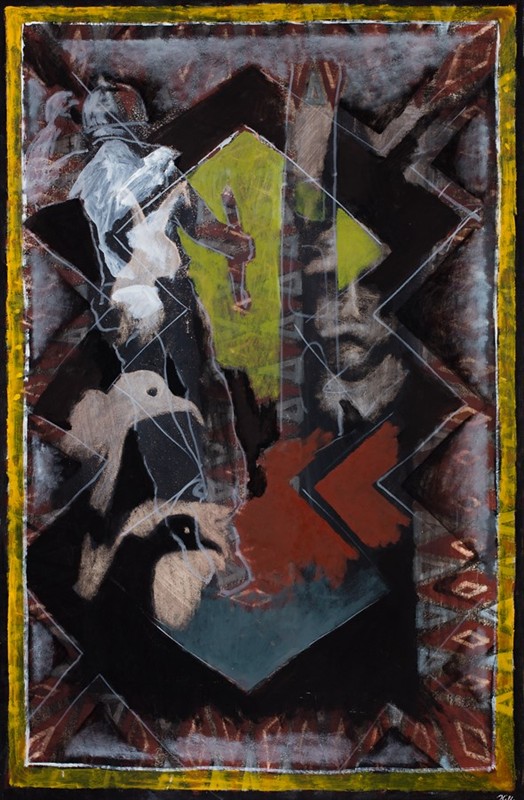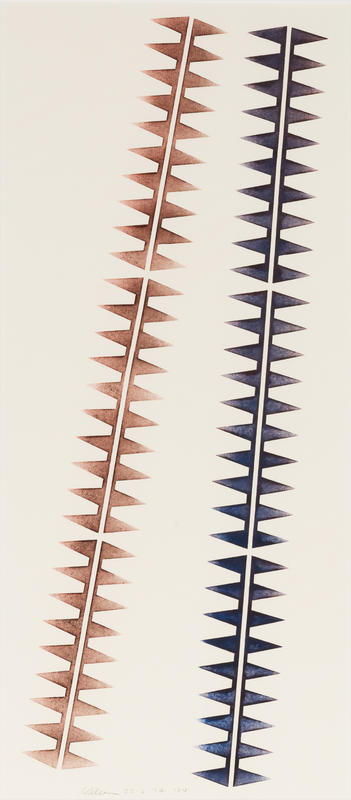How Do We Learn?
How Do We Learn?
-
Artist
-
Production Date
1992
-
Medium
acrylic paint and collage on aluminium
-
Size
1900 x 6000 mm
-
Credit
Chartwell Collection, Auckland Art Gallery Toi o Tāmaki, 1993
-
Accession Number
C1994/1/386.1-104
-
Accession Date
Apr 1993
-
Department
New Zealand Art
-
Classification
Installation
-
Collection
Chartwell
-
Subjects
symbols
-
Chartwell Notes
The cut-out, the painting form invented by Richard Killeen, has often been understood as analytical. Yet Killeen's prolonged involvement with this method of assembling a painting has made him very conscious of the idiosyncrasies of analysis. In How Do We Learn? he investigates the emotional weight of analytical inquiry.
The amputated hands and feet that proliferate within this work refer to Egyptian hieroglyphics and in particular the way severed body parts signified victory in battle. Killeen makes a conjunction between learning and war, and relates it to art-making. To make art, or even to think about art, he suggests, is to enter a battleground.
The work itself is a kind of image battleground. On each cut-out piece one image pushes up onto the surface over traces of other images in the roughly painted white ground. These images reiterate ideas about digestion, absorption, internalisation, fortification, marking and amputation. The mound image on many pieces is reminiscent of a funeral pyre or midden. A number of mounds contain a decapitated animal or human profile and refer to storage and burial. Other mounds support images inscribed on the landscape, such as cave drawings or chalk horses. Like the constant reworking of knives, profiles, hands, feet, spirals and cells, the various mounds suggest the iconicity and adaptability which characterise signs that persist over a long period of time.
– Anna Miles, in the catalogue for Home and Away: Contemporary Australian and New Zealand Art from the Chartwell Collection at Auckland Art Gallery Toi o Tāmaki.





















